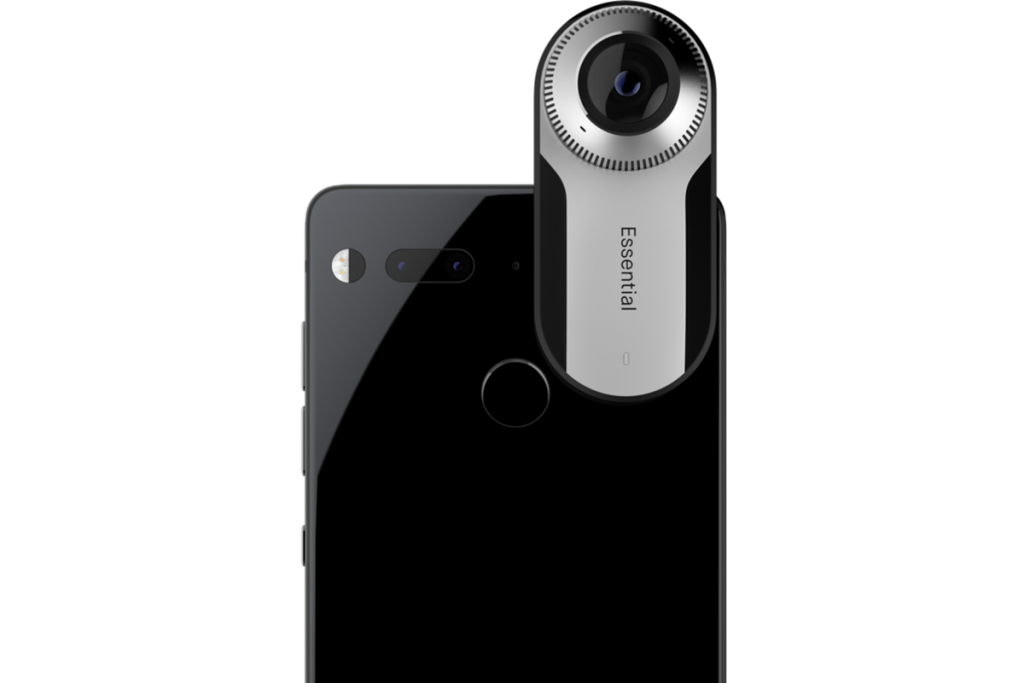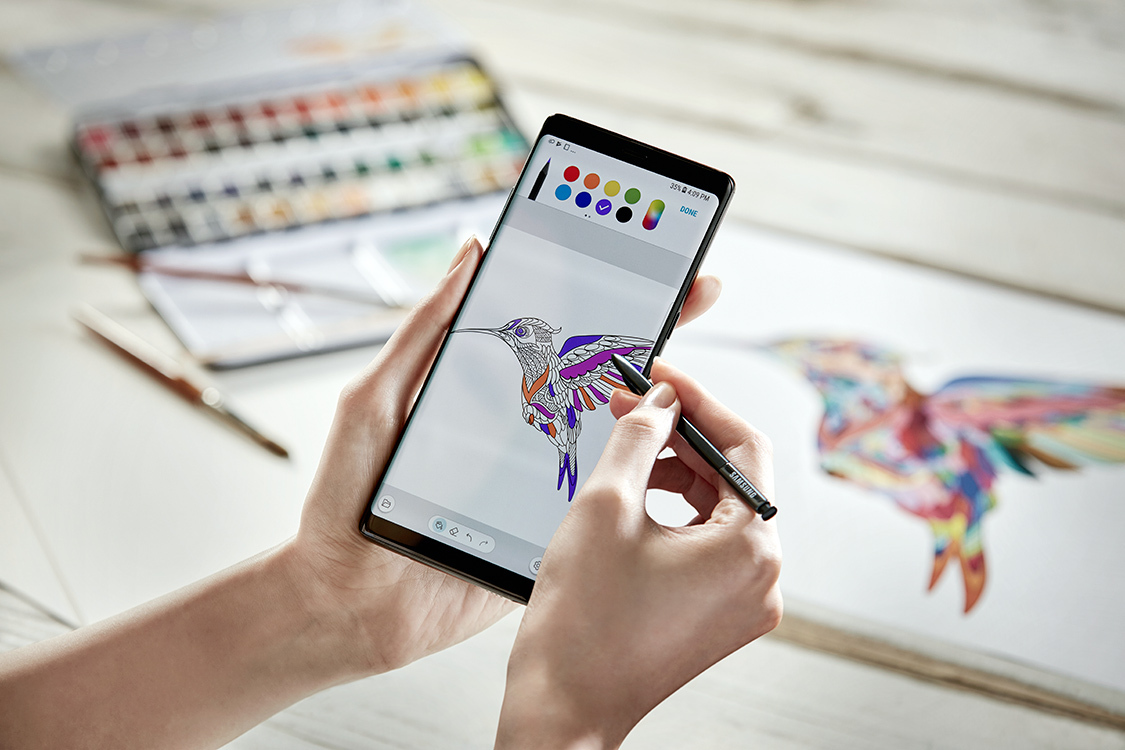The Galaxy Note 8 marks Samsung’s comeback from what might have been an unlucky year for the company. Last year Samsung unveiled the Galaxy Note 7, which had all the potential to be 2016’s best flagship smartphone. However the phablet encountered numerous fire hazards which led to a global recall. Replacement units turned out disastrous as well, as Samsung finally deems the Note 7 as unsafe, calling for yet another global recall and a permanent discontinuation of the device.
The Galaxy Note 8 sparked the revival of Samsung’s Note line, making it possibly the most impressive smartphone yet by the South Korean manufacturer. Praises aside, Samsung’s Note devices have been more alike to its Galaxy S flagship series. Over the last couple of years, the distinction between Samsung’s regular flagship and phablet flagship have been greatly reduced. This is especially notable this year, where the Galaxy Note 8 has been dubbed as a Galaxy S8+ with an S Pen and a camera upgrade. While some of these points might sound like nitpicking, here is what the Galaxy Note 8 should’ve been.
Display and build

It can be rather dull seeing almost the exact same design from the Galaxy S8 on the Galaxy Note 8. Apart from the fact that the Galaxy Note 8 has a tad larger display compared to the Galaxy S8+ at 6.3-inches, the rest of the design elements remain very similar. For instance, the curved edged screen, despite the Galaxy Note 8 sporting less curved sides of its screen than the Galaxy S8. Both phones feature an all glass build as well. With the higher price of the Note 8, I would expect a possible upgrade in the design build like a more solid and durable ceramic build instead of glass.
Fingerprint sensor

One other aspect that Samsung fans don’t quite like about the S8 and the Note 8 is the placement of the fingerprint sensor. Both devices feature a rear fingerprint sensor right beside the camera(s) resulting in the camera being mistaken as the fingerprint sensor. Coupled with the tall displays of both devices, the awkwardly placed fingerprint sensor can be hard to reach especially for users with smaller hands, which also leads to the failure of one hand operation of the phone. Samsung has probably learned its lesson for this part when it launched the Galaxy S8, hence it would be wiser for the company to implement a different position for the fingerprint sensor, like a sensor embedded beneath the display for instance.
Bixby button

Most of us have a love hate relationship with Bixby, Samsung’s voice assistant. The company has no doubt been working behind the scenes, constantly refining Bixby since its birth. Samsung even took the initiative to give Bixby a dedicated button beginning with the Galaxy S8, which wasn’t appealing to all of its fans. The somewhat dreaded Bixby button was also brought forward to the Galaxy S8 Active. One huge caveat with the Bixby hardware button is that it isn’t customizable, meaning that you won’t be able to configure that button to function as something else. For instance, to open an app or to trigger an action. Given the many bells and whistles in Samsung’s skin of Android, the company should do something with that Bixby hardware button. There is definitely a workaround or two to remap the Bixby button, but we hope Samsung makes that option available through its original settings.
Modularity

We have seen smartphone makers experiment with this feature before, and not all end in success stories. LG first implemented the modular feature last year with its G5 flagship, along with modular accessories known as LG Friends. But LG’s concept required the battery to be removed when switching accessories, and the LG G5 turned out to be a flop anyway. Motorola pulled it off better than LG, bringing in modularity for its higher end devices last year. The handsets featured a more practical modular concept – a pogo pin style connector which allowed users to snap on accessories on the back panel of their phones. The company’s modular devices and Moto Mods accessories still live to this day. Most recently, the Essential Phone by Andy Rubin’s company too featured modularity, which works similar to Motorola’s Moto Mods.
While modularity on smartphones isn’t common yet, it would be great to see a company such as Samsung experimenting on this feature for its flagships. With Samsung’s status as a smartphone maker, one would think that the company has ample resources to research on the feature. Also, given the Note 8’s similarity to the company’s S8 series, a modular feature on the Note 8 would make it stand out even more than the earlier flagship.
Conclusion
The pointers above are just the few of the many mentions of how Samsung could be more creative with the Galaxy Note 8. Let’s hope that will draw a clearer line that differentiates the Galaxy Note 8 from the Galaxy S8. What do you think? Let us know what we’ve missed out on in the comments section below!


